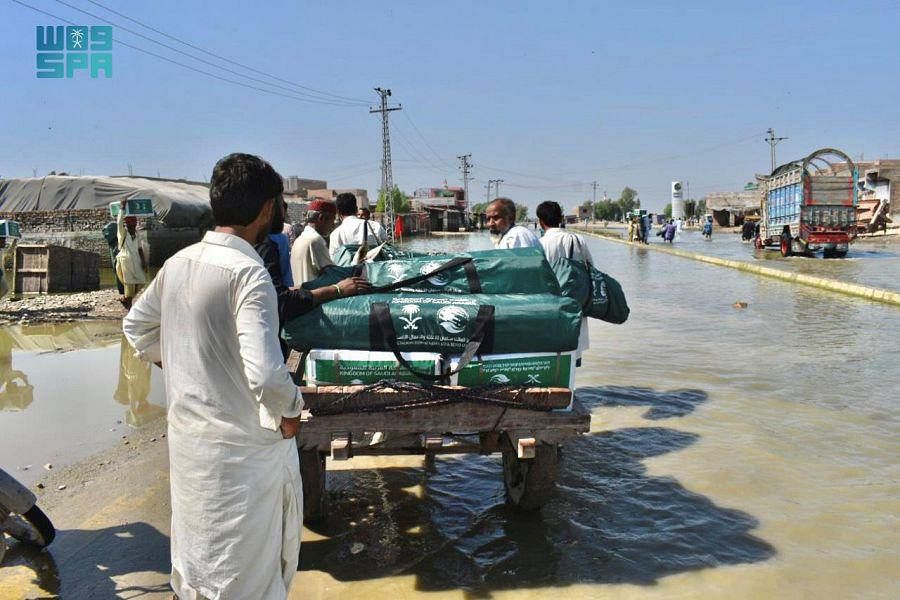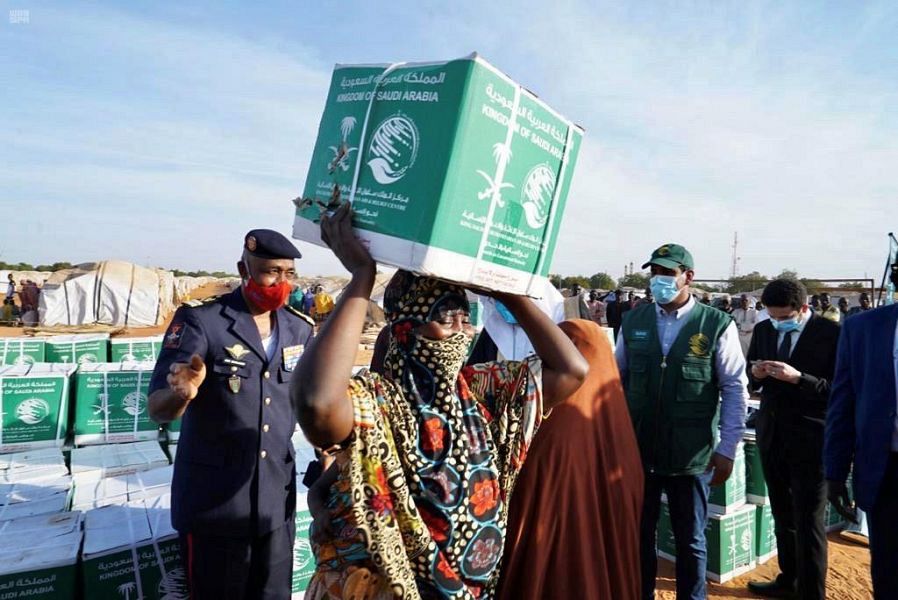
More than 61,000 koalas and almost 143 million other native mammals were likely in the path of the Australian bushfires of late 2019 and early 2020, according to a major assessment of the ecological toll of the “black summer” blazes.
The estimate from 10 researchers and scientists, contained in a report commissioned by environmental group WWF-Australia, recounts the devastating losses in habitats across the country.
Almost 3 billion animals, including 2.46 billion reptiles, were in the path of the flames, the report says – the same number the team calculated in an interim report, revealed in July by the Guardian.
Dermot O’Gorman, chief executive of WWF-Australia, says in a foreword that the report shows the fires were “one of the worst wildlife disasters in modern history”.
Prof Chris Dickman, a University of Sydney ecologist who helped guide the project, told the Guardian: “The numbers [of animals affected] are absolutely huge. It’s really a call to arms to try and do something because under climate change these fires will happen again.”
Some 181 million birds and 51 million frogs also lived in habitats inside the burned areas, which covered 12.6m hectares – an area almost the size of England.
Among the 143 million mammals affected were one million wombats, 5 million kangaroos and wallabies, 5 million bats, 39 million possums and gliders and 50 million native mice and rats.
About 5½ million bettongs, bandicoots, quokkas and potoroos were also affected.
The team wrote that because of a lack of data and knowledge of how species might survive, as well as uncertainties with how fire interacted with other threats, they couldn’t be sure how many of the 3 billion animals died.
“Even if resident animals were not killed outright by fires and managed to escape, they will surely have experienced higher subsequent risk of death as a result of injuries or later stress and deprivation of key resources,” the report says.
An estimated 61,353 koalas were affected, and O’Gorman wrote: “That is a devastating number for a species that was already sliding towards extinction in eastern Australia. We cannot afford to lose koalas on our watch.”
Between 43,261 and 95,180 koalas had been affected, with a middle estimate of 61,353.
In November, environment minister Sussan Ley announced a national census of the marsupial to address “a serious lack of data about where populations actually are”.
In NSW, a parliamentary inquiry has found koalas would be extinct in the state by 2050 without action to save habitat.
The WWF-Australia report says the fires affected as many as 14,736 koalas in the state.
Worst hit was Kangaroo Island in South Australia, where about 41,230 koalas were likely in the path of the fires that burned about half the island.
Dickman said the report was important because it documented impacts on Australian icons such as kangaroos and koalas alongside lesser-known, but unique and important wildlife.
“If you work in the forest environment then you know there’s a lot more animals living in these areas that don’t get the publicity – other fantastic charismatic animals like gliders that live alongside them and are being whittled away as well.”
A range of techniques and sources were used to estimate the impacts on different species. Estimates for mammals were based on available data on the densities of species in different areas.
Reptile impacts were modelled and for birds, more than 100,000 surveys for BirdLife Australia were accessed. Some 67 frog species were mapped and their densities were estimated using previous research.
But large numbers of other species were likely to have been affected by the fires but were not included in the report.
The report says freshwater fish and crayfish are known to have been badly hit but could not be reliably estimated.
Authorities reported hundreds of thousands of fish dead after bushfire ash and mud washed into rivers.
The assessment also could not include arthropods – a group that includes insects, spiders and other bugs – but pointed to other research estimating trillions of these were likely affected.
The report includes 11 recommendations that call for better understanding of the impacts of bushfires, more research into species, where animals are, and better management of other threats.
“Alongside mortality caused by direct exposure to flames, smoke inhalation, heat, and sediment run-off, fire interacts with other stressors, exacerbating threats to the persistence of threatened species and ecosystems,” the report says.
“Three of the greatest threats to Australian flora, fauna, and ecosystems are altered fire regimes, invasive species, and land clearing; all threats that interact with and compound one another.”
Dickman, a fellow of the Australian Academy of Science, said: “A key step is to try and improve our monitoring of pretty much all the bioregions on the continent.
“We will be in a much better position to understand where populations are and we should then be in a better position to mitigate fires and floods and droughts.”
He said there were many animals that science knew little about, and as more extreme events affected species time could run out. “Windows progressively slam shut,” he said.
Dickman said just one example of the benefits of monitoring was that in the aftermath of the fires, the New South Wales government had dropped carrots and sweet potatoes into habitats of threatened brush-tailed rock wallabies.
That was only possible, he said, because the government knew where the wallabies lived.
Australia had a moral and ecological responsibility to save the animals, he said, because the vast majority of those affected existed nowhere else on Earth.










